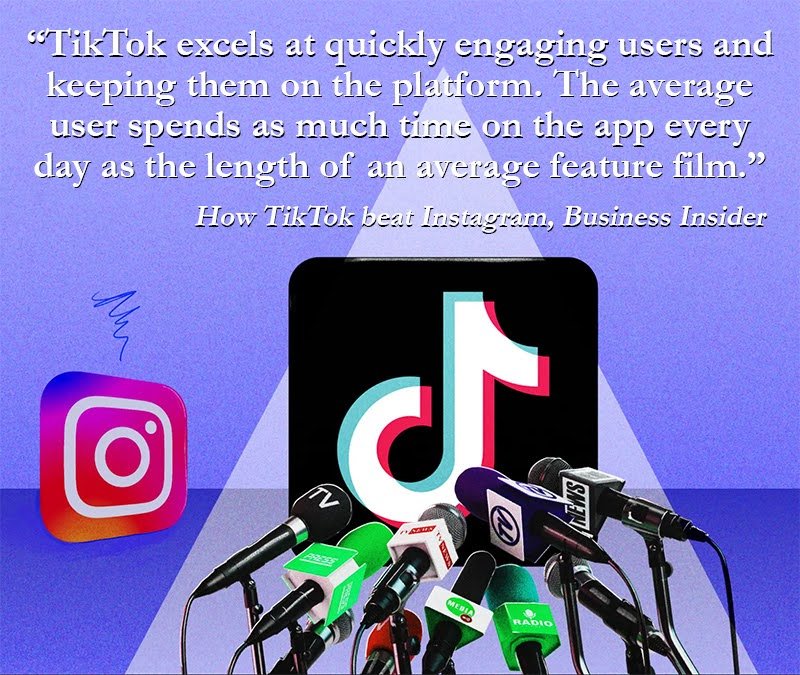Trend: Social media becoming less social in 2023
This Wave Report was originally published in February 2023.
Today I’d like to unpack another trend in 2023, how it might impact you, and share practical tips for how to make use of it – specifically, how social media is becoming less, well, social.
Social networking as we know it is changing
Facebook and other social media platforms continue to redesign to compete with TikTok, focusing on content from creators and advertisers. Social media continues to be less and less about social networking – connecting with people.
For those of us old enough to remember a time before Facebook, one of the earliest draws – indeed the entire point – of social networking was to connect with one’s social network – friends, family, acquaintances, and people who shared similar interests.
As social networks matured, so did their business models. And as their business models developed, advertising increased exponentially. And as advertising increased, social networks needed more “inventory” to sell to advertisers.
In order to increase inventory for advertisers to buy, social networks needed to do one of three things:
Onboard more new users to see ads.
Get existing users to spend more time on the platform to see more ads.
Show more ads to existing users in the time they are on the platform.
The shift towards engagement time to sell more advertising meant that the original purpose of the social network (to connect socially) gave way to maximizing time on platform above all.
This focus on engagement is why platforms like TikTok have been taking the world by storm. TikTok has perfected the algorithms to hook and engage users longer than any other social media platform. I wrote about this extensively in my Wave Report about the TikTokification of visual media.
More time on site generally translates to more advertising revenue.
The unfortunate side effect of the pursuit of eyeballs for advertisers is that social media can struggle to serve its original purpose – to connect us socially.
Here are a few observations from a flurry of articles that came out recently:
The “friends and family” social network as we know it is going more and more private.
As platforms like Facebook, Instagram, and TikTok promote a “big microphone” approach, they also recognize that many users want more private, intimate places to connect with friends and family.
Then, there are emerging platforms, like BeReal that promise a more authentic experience. If you aren’t familiar, here’s how BeReal works:
“Everyday at a different time, everyone is notified simultaneously to capture and share a photo in two minutes. [BeReal offers] a new and unique way to discover who your friends really are in their daily life.” How BeReal is Changing the Social Media Paradigm (The Spectator)
The following article quotes Caroline Sinders, a machine learning researcher and fellow at the Center for Democracy & Technology: “Soon, most users will have multiple online personas: a public-facing, neutral profile for the general population and another for where you engage with friends and family.”
Will 2023 be the year of the private social network?
Traditional social media is struggling — but online social activities are booming. (Freethink)
💡 Takeaway: The opportunity for leaders in 2023 is to create and participate in more intimate, private networks. That might be a private group on Facebook or LinkedIn, for example. Of course, where you do that depends on where the community you want to be a part of is. Humans crave community, and there are opportunities to be a part of and cultivate relationships in more personal and close ways.
Gen Z is shaping a new era of social media.
In an excellent article on the topic, Axios outlines why Gen Z is not interested in social networking as we’ve known it for the past 15 years or so.
Gen Z shapes new social media era
A new generation is dramatically reshaping the internet (Axios)
Reasons why Gen Z isn’t interested in social media as we’ve known it include:
Noise levels generated by clickbait posts and engagement lures.
Toxicity of social media.
Social hierarchies driven by public “like” counts.
Constant pivots by social media giants.
Constant optimization of content to the user, creating echo chambers and “extremist rabbit holes.”
Put this way, no wonder the youngest generation is tired of the social media status quo!
This new era of social media represents an opportunity for businesses and nonprofits – to leverage content engagement to be discovered by a new generation.
Mid-last year, a Google executive revealed that around 40% of Gen Z prefers to discover information on visual platforms other than Google, like TikTok or Instagram. (NBC News)
💡 Takeaway: Leverage social media platforms’ bias towards content discovery and user engagement by creating content that captures the attention and interest of your target audience.
Bonus: If you want a deeper take on the impacts of social media on the broader public square, check out this piece: Yes, social media really is undermining democracy (The Atlantic).
Until next time… Surfs Up! 🌊
Dave
About the Author | Dave Raley
Consultant, speaker, and writer Dave Raley is the founder of Imago Consulting, a firm that helps non-profits and businesses create profitable growth through sustainable innovation. He’s the author of a weekly trendspotting report called The Wave Report, and the co-founder of the Purpose & Profit Podcast — a show about the ideas at the intersection of nonprofit causes and for-profit brands.
Want to receive insights like this weekly?
Every Friday, we send out The Wave Report, highlighting one trend or insight “wave,” from donor and consumer trends to innovation in different industries or new models for growth.
Subscribe today to receive free weekly insights in your inbox here:

